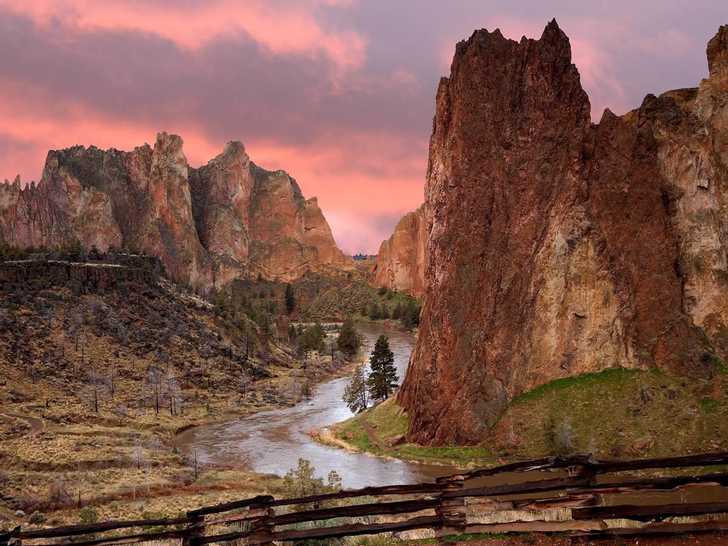Through demonstrations and performances by a Karuk Indian basket weaver; a teacher of fly-tying as traditional art; a Siletz tribal storyteller, and a hobo balladeer, four Oregon state parks have been coming alive with regional folk art during four Saturdays in June (June 8-29).
 “Arts in the Parks,” is a collaboration between Oregon State Parks and Recreation Department, Oregon Folklife Network, the state’s designated folk and traditional arts program, and the Oregon Arts Commission.
“Arts in the Parks,” is a collaboration between Oregon State Parks and Recreation Department, Oregon Folklife Network, the state’s designated folk and traditional arts program, and the Oregon Arts Commission.
Like many partnerships for the arts, heritage, and humanities in Oregon, the collaboration grew out of the 10-year relationships among the Cultural Trust’s five statewide partner agencies that receive annual grants from the Trust.
“Arts In the Parks,” kicked off June 8 with a performance by Mark Ross, a folk musician with a broad repertoire that includes hobo ballads and train songs, blues, western swing, mountain ballads, fiddle tunes, banjo melodies, early jazz, and yodeling. In addition to playing at Silver Falls State Park that day, Ross gave demonstrations of several instruments and talked with park goers about American Roots Music and “The Great Folk Music Scare of the 60s.”
On Saturday, June 15 two events took place, one at Joseph Stewart State Recreation Area (Eagle Point), where fly-fishing instructor Sherry Steele gave fly-tying lessons and explained fly-tying as folk art in the Oregon tradition and the other, at Smith Rock State Park (Terrebonne), where Karuk Indian basket weaver Wilverna Reece demonstrated her craft, including the gathering and preparation of natural materials.
The two remaining events are as follows:
June 22- Collier Memorial State Park (Chiloquin), 10am – Renowned weaver Pat Courtney Gold will demonstrate how she makes traditional “Sally Bags” from local grasses and fibers. Once used by her native Wasco tribe for food storage, the bags are now decorative objects.
June 29, Fall Creek State Recreation Area’s Cascara Campground (Springfield), 7pm – Esther Stutzman, descendant of the Kalapuya and Coos Indians, and a registered member of the Confederated Tribes of Siletz will engage park goers with traditional stories of the Kalapuya and discussion to follow.
The parks project, according to Oregon Arts Commission Community Development Coordinator Brian Wagner, “began as an effort to increase and diversify use of the parks through arts programming.” Said Wagner, “the cooperation between state parks, OFN and local arts councils provide a means of enriching the experience for visitors to our states’ beautiful parks.”
The Oregon Cultural Trust has fostered many such partnerships in its young life. For 10 years the Trust has worked diligently with five statewide organizations (OAC, Oregon Heritage Commission, Oregon Humanities, Oregon Historical Society and the State Historic Preservation Office). The five partners, with guidance from the Trust, have pooled annual Trust grants to fund such interdisciplinary statewide programs as the Oregon Poet Laureate, Oregon Folklife Network and the Confluence Project.
“This is the kind of great thing that happens because our state has a cultural trust,” said Trust Executive Director Chris D’Arcy.